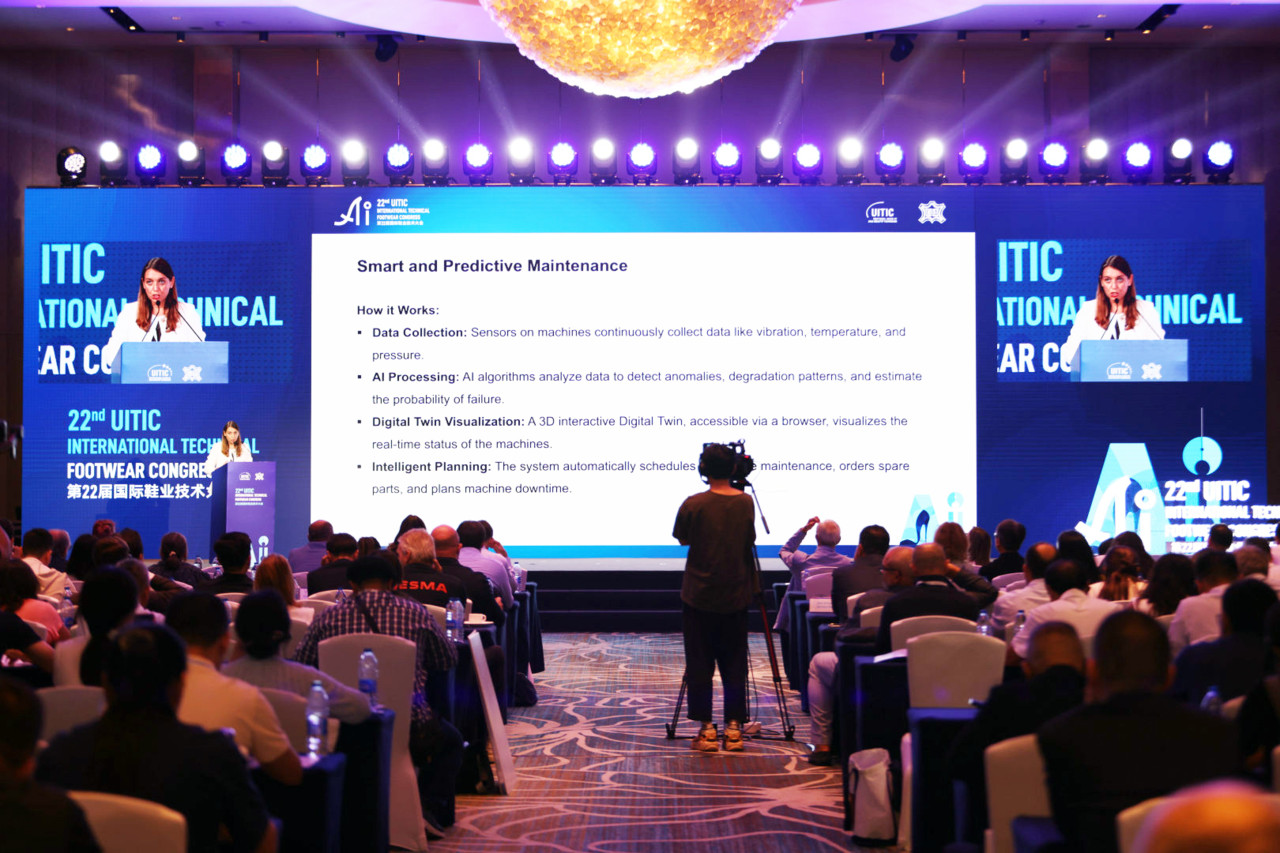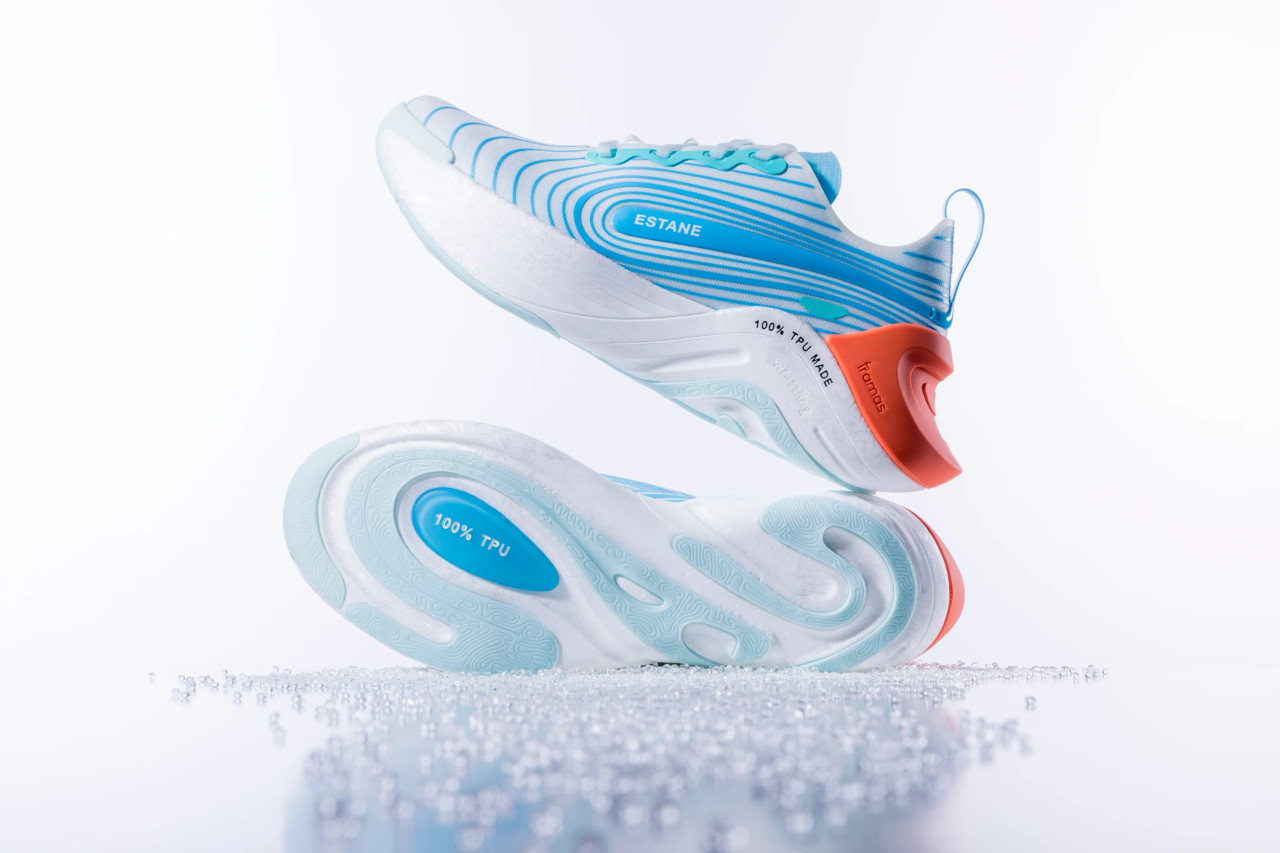
Footwear 4.0: the platform for smart footwear manufacturing
At the 22nd UITIC (International Union of Shoe Industry Technicians) Congress in Shanghai, Assomac presented its new modular and interoperable digital ecosystem.
Keep reading...
April 2025

Values being developed for clothing and footwear do not take into account the durability of leather and end up favoring synthetics
On April 9, COTANCE officially announced its withdrawal from the Technical Secretariat (TS) for the definition of the Category Rules on the Environmental Footprint of Apparel and Footwear Products (PEFCR). A decision, that of the European tanning federation, motivated by the fact that the rules the table is developing to calculate the carbon footprint do not take into account the durability parameters of natural materials and end up favoring synthetics.
Despite months of engagement with the TS —presenting fact-based arguments, proposing solutions, and forming a global coalition of natural material stakeholders—COTANCE regrets that no revision was permitted to the default durability values adopted in the Apparel & Footwear PEFCR. They disproportionately impact slow-fashion products made with natural materials—such as leather, wool, and cotton—ultimately encouraging brands to deselect them in favour of less sustainable alternatives.
The COTANCE Board has therefore decided to disengage the European leather industry from the A&F PEFCR.
“We joined this process in good faith to build a fair and science-based environmental framework for fashion – explains Gustavo Gonzalez-Quijano, Secretary-General of COTANCE -. Instead, we’ve witnessed a system that punishes durable, natural materials like leather—exactly the kind of products the circular economy should be encouraging. We cannot stand behind a methodology that promotes fast fashion over long-lasting quality. That said, we remain committed to dialogue and hope to convince the European Commission to review this aspect in the forthcoming revision of the PEFCR.”

At the 22nd UITIC (International Union of Shoe Industry Technicians) Congress in Shanghai, Assomac presented its new modular and interoperable digital ecosystem.
Keep reading...
With €46 million in imports and an Italian share of over 42%, the African market for leather and footwear technology continues to be a strategic growth area. To further strengthen it, Assomac and Simac Tanning Tech are building commercial and industrial bridges from Senegal to Ethiopia.
Keep reading...
Gas, co-moulding and recyclable thermoplastics: at Simac Tanning Tech 2025, the sole sector shows where innovation is really heading.
Keep reading...You must login to read this free content
This content requires a subscription to view. Are you already a subscriber? Sign in